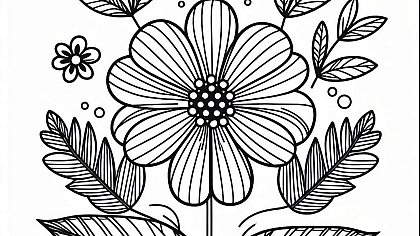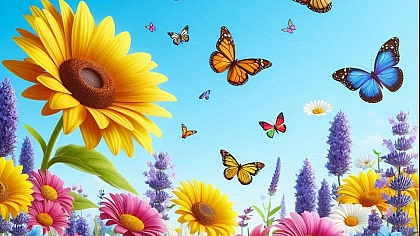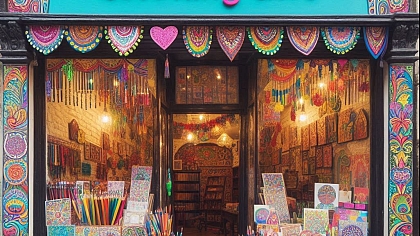
Themed Colouring: Exploring Different Styles and Designs
Colouring is more than just filling in spaces with color—it is an art form that allows for creativity, relaxation, and self-expression. Themed colouring takes this experience a step further by immersing colorers in specific artistic styles, subjects, and design traditions. From cultural patterns and botanical illustrations to fantasy worlds and abstract compositions, themed colouring offers a structured yet flexible way to explore different artistic techniques.
Each themed design presents its own unique challenges and opportunities. Some focus on intricate details that require patience and precision, while others encourage bold color choices and imaginative interpretations. Whether drawing inspiration from historical artistry, natural landscapes, or whimsical storytelling, themed colouring allows for a deeper connection to art and design. Exploring these different styles not only enhances colouring skills but also provides a rich and varied creative experience.
Understanding Themed Colouring
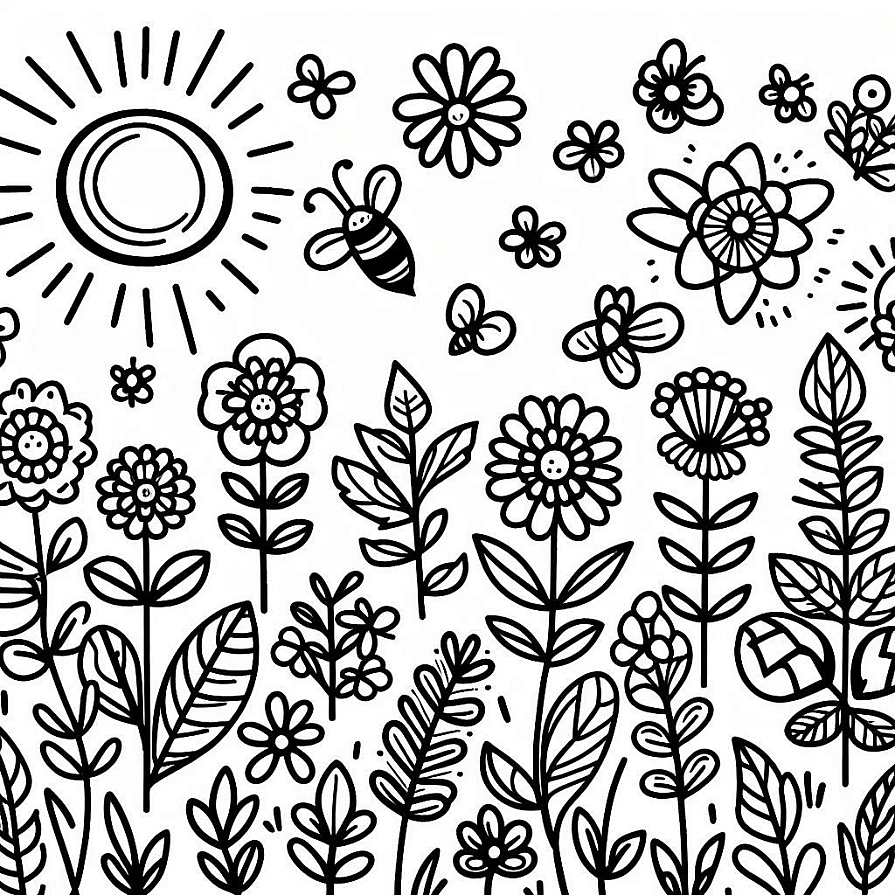
Themed colouring is an approach that allows colorers to immerse themselves in a particular concept, aesthetic, or cultural style. Rather than working with random illustrations, themed colouring books and pages provide a cohesive experience centered around a subject, artistic technique, or design philosophy. Whether it is nature-inspired patterns, historical motifs, or imaginative fantasy worlds, themed colouring provides an opportunity to explore intricate details and develop a deeper appreciation for artistic traditions.
Every themed colouring collection carries its own unique appeal, drawing inspiration from both modern and classical influences. Some designs focus on realism, encouraging intricate shading techniques and a keen eye for detail, while others embrace a more stylized or abstract approach. The choice of colors, the way they interact with linework, and the level of detail all contribute to the overall experience of themed colouring.
Traditional and Cultural Themes
Many themed colouring designs are inspired by cultural and historical traditions. These designs often reflect centuries of artistic heritage and craftsmanship, making them an excellent way to engage with different artistic styles.
Japanese-inspired colouring pages, for example, often feature elements such as cherry blossoms, koi fish, pagodas, and traditional patterns. These designs tend to have a sense of balance and symmetry, drawing from the aesthetics of Japanese art forms like ukiyo-e prints and kimono fabric patterns. The use of fine lines and flowing compositions makes these pages visually pleasing while allowing for a variety of colouring techniques.
Mandalas and henna-inspired designs draw from Indian and Middle Eastern traditions. Mandalas are highly detailed, symmetrical patterns that are often circular in shape, offering a meditative and structured colouring experience. Henna designs, known for their flowing and organic motifs, mimic the patterns used in traditional body art. These pages can range from delicate floral arrangements to bold geometric compositions, allowing for both intricate work and expressive use of color.
Celtic knotwork and medieval manuscript designs take inspiration from historical European art. The interwoven lines of Celtic knots create mesmerizing patterns that require careful attention to shading and contrast. Medieval illustrations, often featuring illuminated letters, mythological creatures, and decorative borders, provide a rich visual language rooted in historical craftsmanship. The use of jewel tones and gold-inspired accents enhances the authenticity of these designs.
Natural Themes and Botanical Illustrations
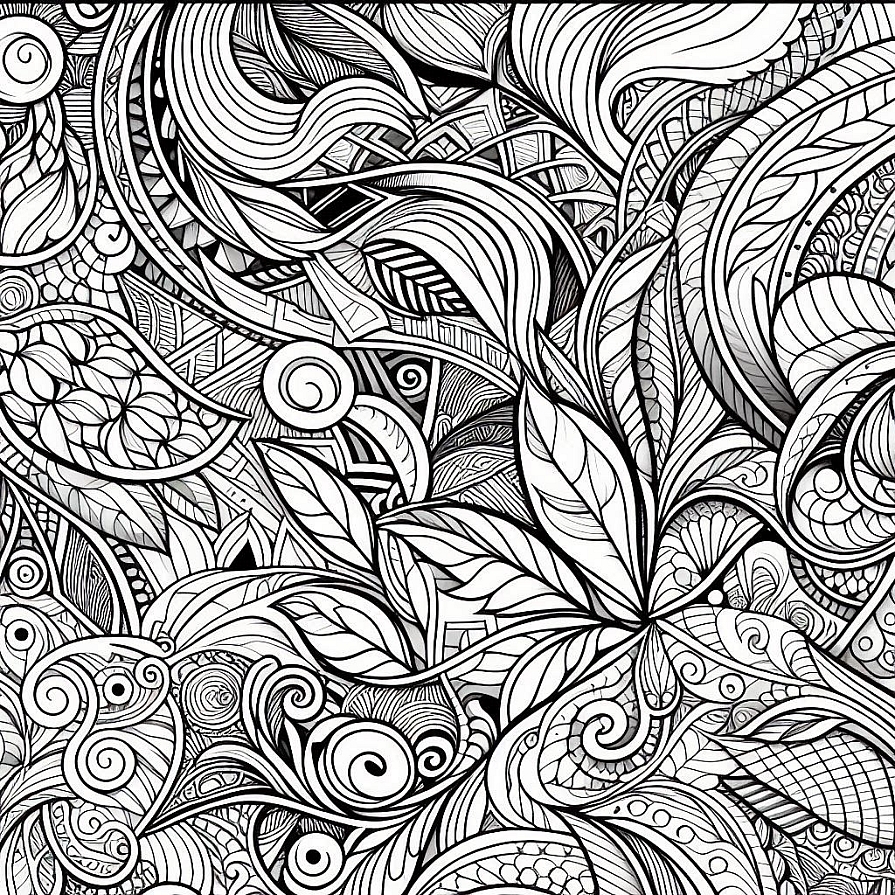
Nature has always been a popular subject in colouring, with a wide range of themed designs dedicated to flowers, leaves, landscapes, and wildlife. Botanical illustrations often emphasize realism, capturing the delicate textures of petals, the fine veins in leaves, and the subtle gradients of natural hues. These pages offer an opportunity to experiment with blending techniques, layering colors to achieve depth, and using shading to enhance the organic forms.
Tropical and exotic themes bring a sense of vibrancy and adventure to colouring pages. These designs may feature lush jungles, exotic birds, and intricate foliage, creating a dynamic and energetic composition. The bold patterns of tropical flowers such as hibiscus and orchids allow for the use of striking colors, while the feathers of parrots and toucans invite detailed, multi-hued shading.
Seasonal nature themes provide an opportunity to explore different moods and palettes. Spring-themed pages often include blooming flowers and fresh greenery, inviting soft pastel colors and light washes. Autumn designs embrace warm tones, featuring falling leaves, acorns, and pumpkins. Winter pages may include snow-covered landscapes, bare trees, and icy textures, allowing for cool, muted color choices. Summer illustrations often capture bright sunshine, coastal elements, and garden scenes filled with butterflies and bees.
Fantasy and Mythological Themes
Fantasy-themed colouring pages transport colorers into a world of imagination, featuring mythical creatures, enchanted forests, and magical realms. These designs often incorporate elaborate details, allowing for creative experimentation with color schemes and shading techniques.
Dragons, unicorns, and phoenixes are among the most popular mythical creatures found in fantasy colouring books. Dragons may be depicted with intricate scales and swirling flames, offering the opportunity to experiment with bold contrasts and luminous highlights. Unicorns, often surrounded by floral motifs or celestial elements, lend themselves to soft, pastel tones with shimmering effects. The phoenix, a symbol of rebirth, features layered feathers that invite warm color gradients, capturing its legendary rise from the ashes.
Fairy tale and storybook themes bring a sense of nostalgia and whimsy to colouring. Castles, enchanted forests, and magical beings populate these pages, allowing for a rich interplay of colors and textures. The architectural details of castles and medieval villages can be enhanced with shading techniques, while the organic elements of forests and meadows offer opportunities for blending soft greens and browns.
Celestial and cosmic designs embrace the mysteries of the universe, featuring stars, planets, galaxies, and ethereal beings. These pages often include swirling nebulae, moon phases, and constellations, providing a unique challenge for colorers who want to experiment with blending deep purples, blues, and luminous highlights. The interplay between dark backgrounds and glowing elements adds an extra layer of depth to these illustrations.
Pattern-Based and Abstract Designs
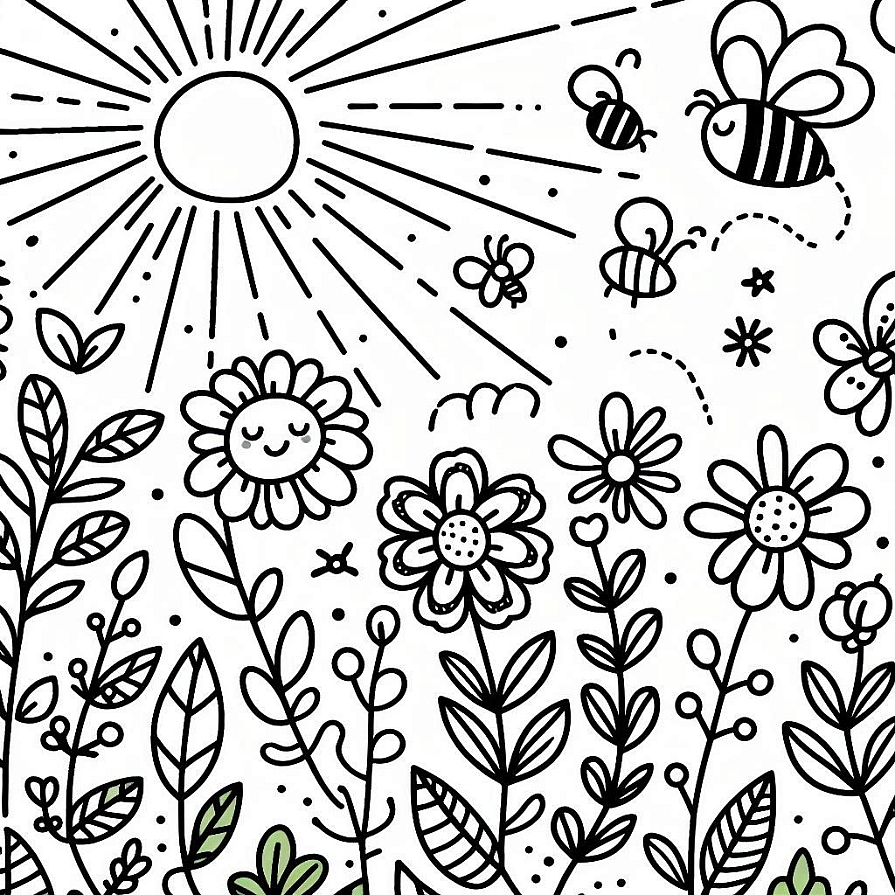
Some themed colouring pages focus on patterns and abstract compositions rather than representational imagery. These designs encourage a more intuitive approach to colouring, allowing for creative exploration without the constraints of realism.
Geometric patterns, inspired by tile work and architectural designs, create structured yet dynamic compositions. Repeating shapes, tessellations, and intricate linework provide a rhythmic quality to colouring, making these designs ideal for those who enjoy precision and symmetry. The interplay of contrasting colors and careful shading techniques can enhance the dimensionality of these patterns.
Doodle and zentangle-inspired pages embrace free-flowing lines, organic shapes, and playful compositions. These designs often feature a mixture of abstract forms, whimsical creatures, and detailed textures, making them both relaxing and engaging to color. The layered elements of these pages encourage a mix of bright and muted tones, allowing for endless variations in color choices.
Optical illusion designs create a sense of movement and depth through carefully constructed patterns. These pages often use contrasting colors and shading techniques to enhance the illusion of three-dimensionality, creating a visually striking effect. The challenge of colouring these pages lies in maintaining consistency in gradients and selecting color schemes that emphasize the illusionary elements.
Storytelling and Narrative Themes
Some colouring books follow a storytelling approach, where each page contributes to a larger narrative. These designs invite colorers to engage with the illustrations on a deeper level, bringing characters and scenes to life through color choices and shading techniques.
Fairy tales, folklore, and mythology are commonly explored in narrative-based colouring books. Each illustration may depict a different moment in a story, allowing colorers to build visual continuity through their color palettes. The challenge of maintaining consistency while also varying tones for different settings and emotions adds a dynamic element to the colouring process.
Historical and vintage themes offer a glimpse into different time periods through detailed illustrations. Whether it is the elegance of the Victorian era, the bold designs of the Art Deco movement, or the intricate fashion of the Renaissance, these pages provide a stylistic journey through history. The richness of textures, patterns, and decorative elements makes these themes particularly rewarding for those who enjoy detailed colouring work.
The Personal Expression of Themed colouring
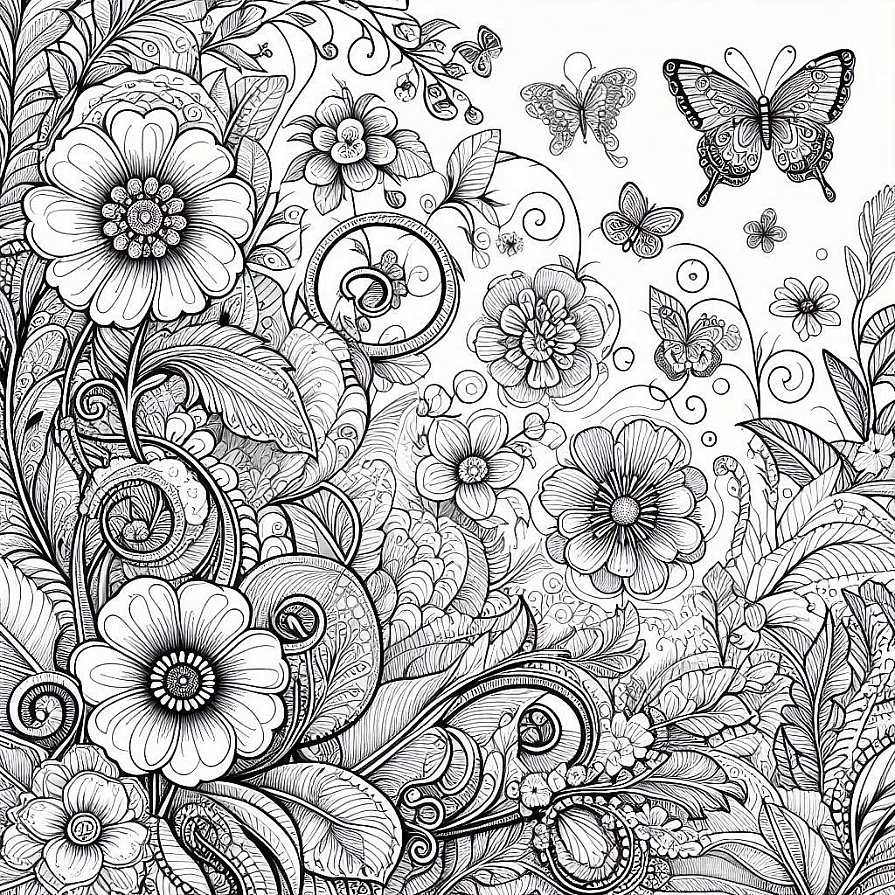
One of the most compelling aspects of themed colouring is the opportunity for personal expression. While each themed design provides a structured starting point, the way colors are applied transforms the artwork into something entirely unique. The choice of color schemes, the blending of hues, and the techniques used to create depth and texture all contribute to the final result.
Some colorers prefer to adhere closely to realistic color palettes, capturing the authenticity of nature or historical accuracy. Others take a more experimental approach, introducing unexpected colors or stylized gradients to enhance the artistic impact. Regardless of the approach, themed colouring allows for creative freedom within the boundaries of a structured design.
As themed colouring continues to evolve, new styles and trends emerge, offering endless possibilities for artistic exploration. Whether drawn to cultural patterns, intricate botanicals, mythical landscapes, or abstract compositions, colorers can find a theme that resonates with their artistic vision. Through careful selection of colors and thoughtful application of techniques, each themed colouring page becomes a reflection of personal creativity and artistic interpretation.

